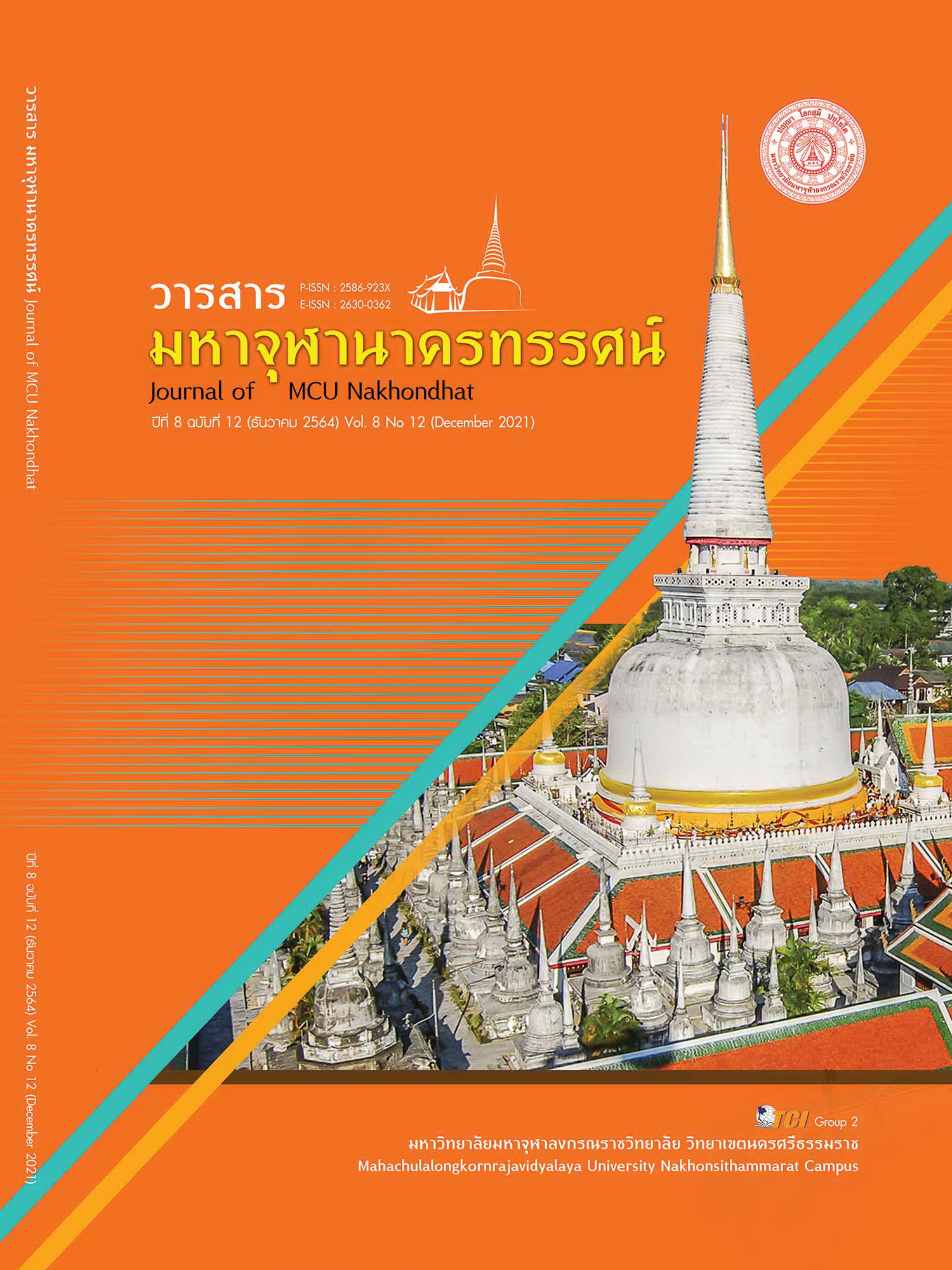HERBAL COMPRESSES FOR THE BREAST AFTER GIVING BIRTH
Main Article Content
Abstract
Postpartum mothers have one of the most important roles that no one can replace that is breastfeeding. Breast milk production is the most appropriate nutrient-rich source of feed newborns at 6 month. It is the first drop of vaccine for baby. This will make the baby healthy in all aspects including physical growth, development, intelligence, reduce allergy symptoms, good mood, high emotional intelligence reducing the chance of developing bowel inflammatory disease in newborns and other diseases. The mothers after giving birth often experience problems with breast milk tightness, swelling and inflammation, causing the milk to not flow or decrease amount, and causing discomfort, resulting in mother's anxiety and fear that the child is malnourished, causing the mother to decide to breastfeed. Therefore, to prevent breast engorgement as well the herbal compress for breast by hot compress would affect the circulatory system and mammary glands. This causes blood vessels to expand and increase blood flow, helping to reduce pain, swelling, and inflammation as well as stimulate more milk flow rresulting in the mother after birth feel comfortable of breast. The increasing the amount of milk causing the baby to enter the breast for a longer time. Therefore, health personnel can be used as a guideline to promote postpartum mothers in the community to reduce breast engorgement.
Article Details
References
กรรณิการ์ จันทร์แก้ว และธิดารัตน์ นฤมิตมนตรี. (2563). ผลของยาสมุนไพรบำรุงน้ำนมต่อระดับการไหลของน้ำนมในมารดาหลังคลอด. วารสารสาธารณสุขและวิทยาศาสตร์สุขภาพ, 3(2), 41-51.
กฤษณา ปิงวงศ์ กรรณิการ์ และคณะ. (2563). ประสิทธิผลของการนวดเต้านมต่อ การคัดตึงเต้านมในมารดาที่ให้นมบุตร:การทบทวนอย่างเป็นระบบ. พยาบาลสาร, 47(2), 143-155.
ฉันทิกา จันทร์เปีย. (2555). กายวิภาคของเต้านม สรีรวิทยาของการสร้างและหลั่งน้ำนมและกลไกการดูดของ ทารก. กรุงเทพมหานคร: พรี-วัน การพิมพ์.
ธัญลักษณ์ แก้วเนตร และคณะ. (2563). ผลของโปรแกรมส่งเสริมการเลี้ยงลูกด้วยนมแม่สำหรับแม่วัยรุ่นผ่านสื่อสังคมออนไลน์คณะแพทยศำสตร์วชิรพยาบาล มหาวิทยาลัยนวมินทราธิราช. วารสารการพยาบาล การสาธารณสุขและการศึกษา, 21(3), 55-68.
เบญจพร กองมา และคณะ. (2560). ผลของการนวดประคบเต้านมตนเองด้วยถุง มือประคบสมุนไพรต่อการลดอาการปวดในมาดาหลังคลอด. ภาคนิพนธ์หลักสูตรการแพทย์แผนไทย บัณทิต สาขาวิชาแพทย์แผนไทย คณะแพทย์แผนไทยและแพทย์ทางเลือก มหาวิทยาลัยราชภัฎอุบล ราชธานี. เรียกใช้เมื่อ 20 ตุลาคม 2564 จาก http://ctam.ubru.ac.th › index.php
เบญจวรรณ ละหุการ และคณะ. (2562). การนวดเต้านมด้วยตนเอง: แนวคิด และ วิธีการจัดการต่อการไหลของน้ำนมในมารดาหลังคลอด. วารสารโรงพยาบาลสกลนคร, 22(3), 106-114.
ผกากรอง วนไพศาล. (2559). น้ำนมแม่ ประโยชน์อเนกอนันต์ ภาควิชาจุลชีววิทยา คณะเภสัชศาสตร์ มหาวิทยาลัยมหิดล. เรียกใช้เมื่อ 20 ตุลาคม 2564 จาก https://pharmacy.mahidol.ac.th›knowledge › article
มารียา มาแซะ. (2561). ผลของโปรแกรมการนวดเต้านมด้วยตนเองต่อการไหลของน้ำนมในมารดาครรภ์แรก. ใน วิทยานิพนธ์พยาบาลศาสตรมหาบัณฑิต สาขาผดุงครรภ์. มหาวิทยาลัยสงขลานครินทร์.
ศศิกานต์ กาละ. (2561). การสนับสนุนการเลี้ยงลูกด้วยนมแม่: บทบาทพยาบาล. สงขลา: ชาญเมืองการพิมพ์.


